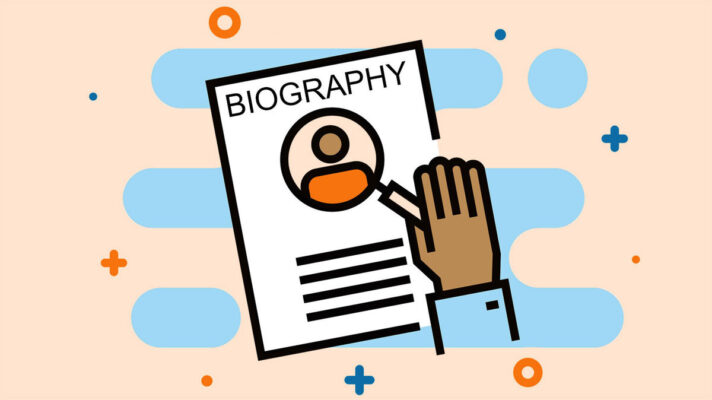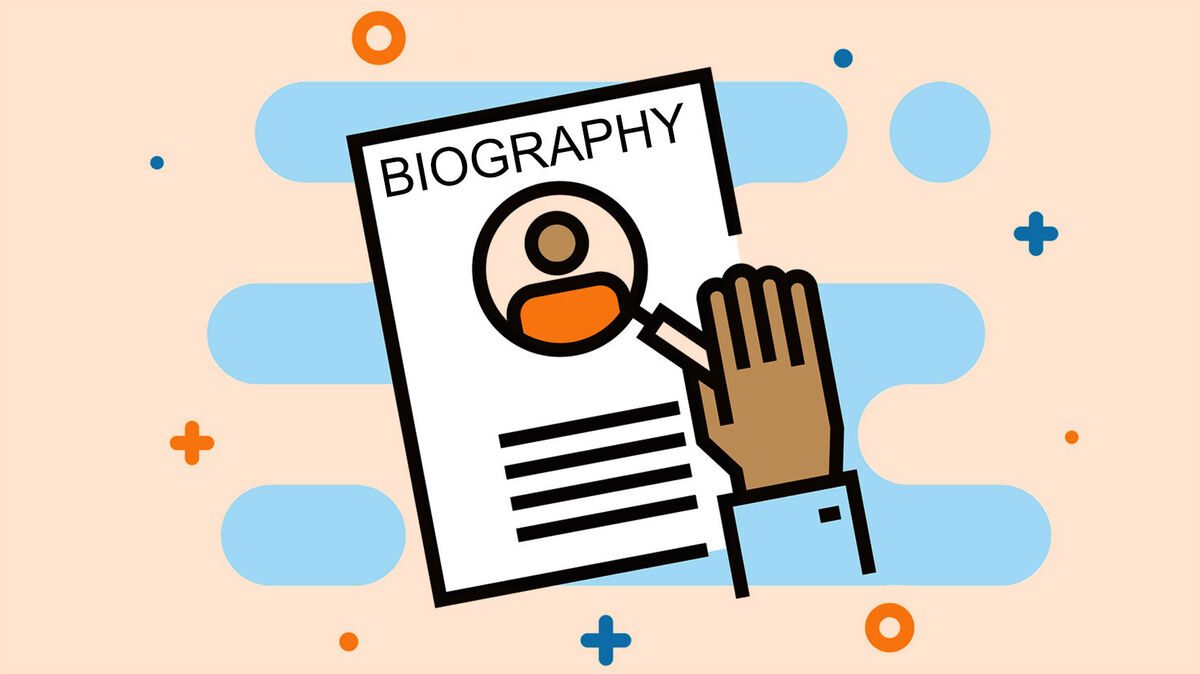A well-written biography typically follows a three-part structure:
1. Orientation
This introductory part sets the stage for the rest of the biography. It introduces the main character, the tokoh (Indonesian for “figure” or “character”). Here’s what you can include in the orientation:
- Basic information about the tokoh: Name, profession, achievements (briefly mentioned).
- Background information: When and where was the tokoh born? Any interesting details about their family or upbringing that might be relevant.
- Hook: Grab the reader’s attention with an interesting anecdote, a surprising fact, or a thought-provoking question related to the tokoh.
2. Peristiwa Penting (Important Events)
This is the core of the biography, where you delve into the life of the tokoh. Here, you’ll chronologically narrate the important events and experiences that shaped them. Some things you can cover:
- Education and early life: Where did they go to school? Any significant events during their formative years?
- Career path: How did their career develop? What were their major accomplishments or turning points?
- Challenges and obstacles: Did they face any difficulties? How did they overcome them?
- Personal life: This can be included depending on the type of biography and cultural context. It might involve their relationships, significant personal achievements, or how their personal life influenced their work.
3. Reorientasi (Reorientation)
The reorientation section provides closure and leaves a lasting impression on the reader. Here are some ways to wrap it up:
- Summarize the tokoh’s significance: Briefly reiterate their achievements and contributions to their field or society.
- Offer an analysis or evaluation: What is the tokoh’s legacy? What can we learn from their life story?
- End with a lasting impact: Leave the reader with a thought-provoking quote, a final anecdote, or a call to action inspired by the tokoh’s life.

Additional points to remember:
- Focus on facts: A biography should be based on factual information. You can use quotes from the tokoh or others who knew them to add authenticity.
- **Narrative style:**Biographies are written in a narrative style, like telling a story.
- Point of view: Most biographies are written in the third person, but some might use the first person if it’s an autobiography.
- Adapt the structure: The specific structure can be adapted depending on the type of biography and the writer’s creative choices.

